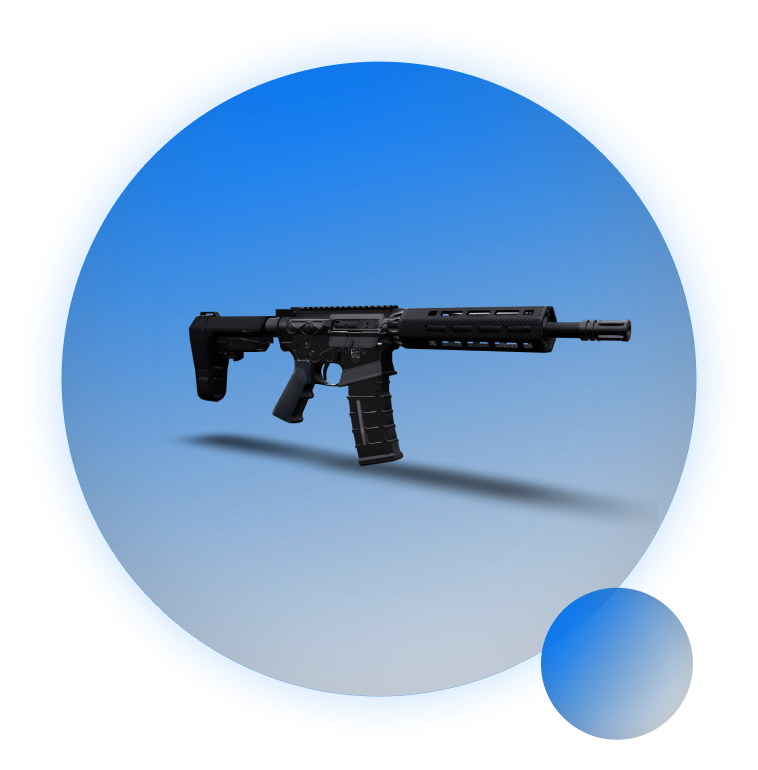User Experience
- The immersive and interactive nature of the configurator led to higher conversion rates, as customers were more likely to commit to a purchase after visualizing their customized product.
- Post-implementation surveys and reviews indicated a positive response to the 3D configurator, with users praising its ease of use, realistic visualization, and the overall customization experience.
Technology Stack
- The chosen technology stack facilitated a responsive and immersive 3D configuration experience, allowing users to seamlessly interact with and visualize their customized products.
- The platform demonstrated scalability, handling increased user traffic without compromising performance.
- The implemented security measures ensured the protection of user data and configurations, fostering trust among users.


Implementation Process
- Chose ReactJS for the frontend, Three.js for 3D rendering, Node.js for the backend, and AWS for hosting and scalability.
- Developed wireframes and prototypes to visualize the user interface and customization flow.
- Collaborated with 3D artists to create realistic product models using Blender.
Customization Options
- Material Selection:
Users can choose from a variety of materials for different parts of the product, such as carbon fiber, leather, or synthetic materials. - Color Palette:
A broad spectrum of color options is provided, allowing users to customize each component with their preferred color. - Pattern and Texture:
Users can apply patterns or textures to specific sections of the product, adding a unique visual element to their customization. - Logo and Branding:
The configurator allows users to upload or choose predefined logos, which can be placed in specific locations on the product. - Size and Dimensions:
Customization options include adjusting the size, length, or dimensions of certain components, ensuring a perfect fit for the user. - Accessory Attachments:
Users can add accessories, such as additional pockets, straps, or features based on the product type, providing a tailored user experience. - Engraving and Personalization:
Personalized engraving options are available, allowing users to add text or symbols to specific parts of the product.
Challenges and Solutions
- Issue:
Storing and transmitting sensitive customer configuration data raised security concerns, especially given the platform's interactive nature. - Solution:
Implemented end-to-end encryption for data transmission, adopted secure authentication mechanisms, and ensured compliance with industry standards. Regular security audits were conducted to identify and address potential vulnerabilities.
Future Enhancements
Augmented Reality (AR) Integration:
- Objective:
Enhance the user experience by allowing customers to visualize their customized products in their real-world environment through AR. - Implementation:
Integrate AR capabilities using ARKit for iOS and ARCore for Android, enabling users to view their configured products in their homes using their smartphone cameras.
